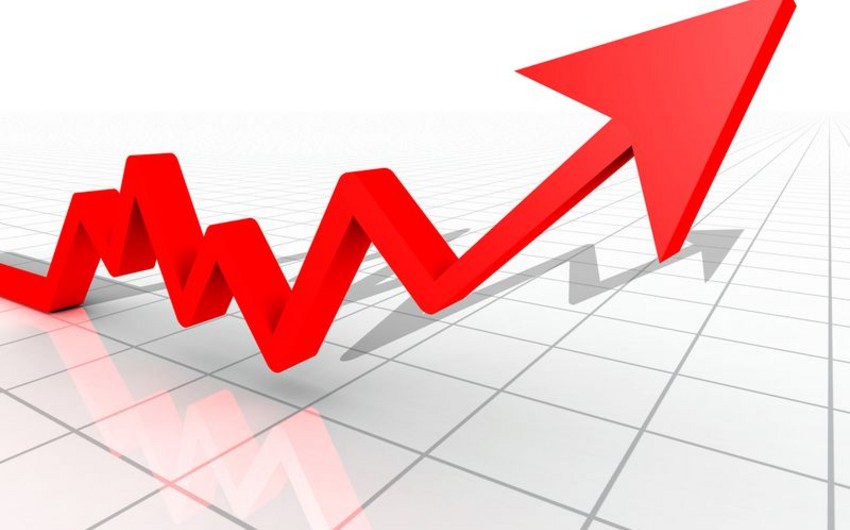Baku. 21 August. REPORT.AZ/ Defense spending by Angola, Azerbaijan, Peru, Qatar, and South Korea is expected to increase by amore than $16 billion over the next decade, industry analysts say, Report informs citing Frost & Sullivan.
While they all have quite different perspectives and agendas, due to arms races and an increasing threat perception, they are forecasted to increase defense funding from $53.68 billion in 2015 to $70.57 billion in 2025 at a compound annual growth rate (CAGR) of 2.8 percent, say analysts at Frost & Sullivan in their "Rapidly Evolving Defence Markets, Part 2" report.
“Unlike leading transitioning economies like India, Turkey and Brazil, the countries selected for this study are still attempting to develop an industrial base to bolster their local footprint and diminish reliance on foreign equipment,” says Alix Leboulanger, Frost & Sullivan Aerospace & Defence Industry Analyst. “Upon a closer look at these countries’ dynamics, it is found that for most of them, their political intent is stronger than their financial and infrastructure capabilities.”
Other factors that may curb investment include the highly competitive nature of the global defense marketplace. It has left little room for emerging local players unless they can distinguish themselves appropriately; for example, on pricing in Peru and on technology in South Korea, the firm's analysts say. Moreover, weak market prospects beyond local demand, married with the absence of small- and medium-sized enterprises, restrict partnership opportunities and also transfer-of-technology ventures with foreign companies.
“Most of the countries under study rely on foreign technology but have plans to create and/or enhance the domestic industrial base, provide employment to locals, and most importantly, reduce the local economy’s dependence on energy revenues,” Leboulanger notes. “For success with these strategies, efficient and easily-applicable regulations are required to create an attractive and stable environment for foreign investments and industrial partnerships. The lack of skilled personnel and infrastructure, which has impeded ambitious indigenization plans and delayed modernization programs, also needs to be addressed.”
While rising regional threats typically impact defense equipment spending and upgrades in a positive way, military capabilities and fleet size do not necessarily follow suit. Financial constraints mean that governments will try to cut back on armed forces and invest in combat-proven platforms, surplus material, and second-hand equipment. Thus, Angola, Azerbaijan, Peru, Qatar and South Korea are expected to spend no more than 30 percent of their total budget, circa $18.95 billion per year, on new equipment, Frost & Sullivan analysts say.


 https://static.report.az/photo/ea21a3f0-7643-4188-886f-5c70209fbb56.jpg
https://static.report.az/photo/ea21a3f0-7643-4188-886f-5c70209fbb56.jpg

